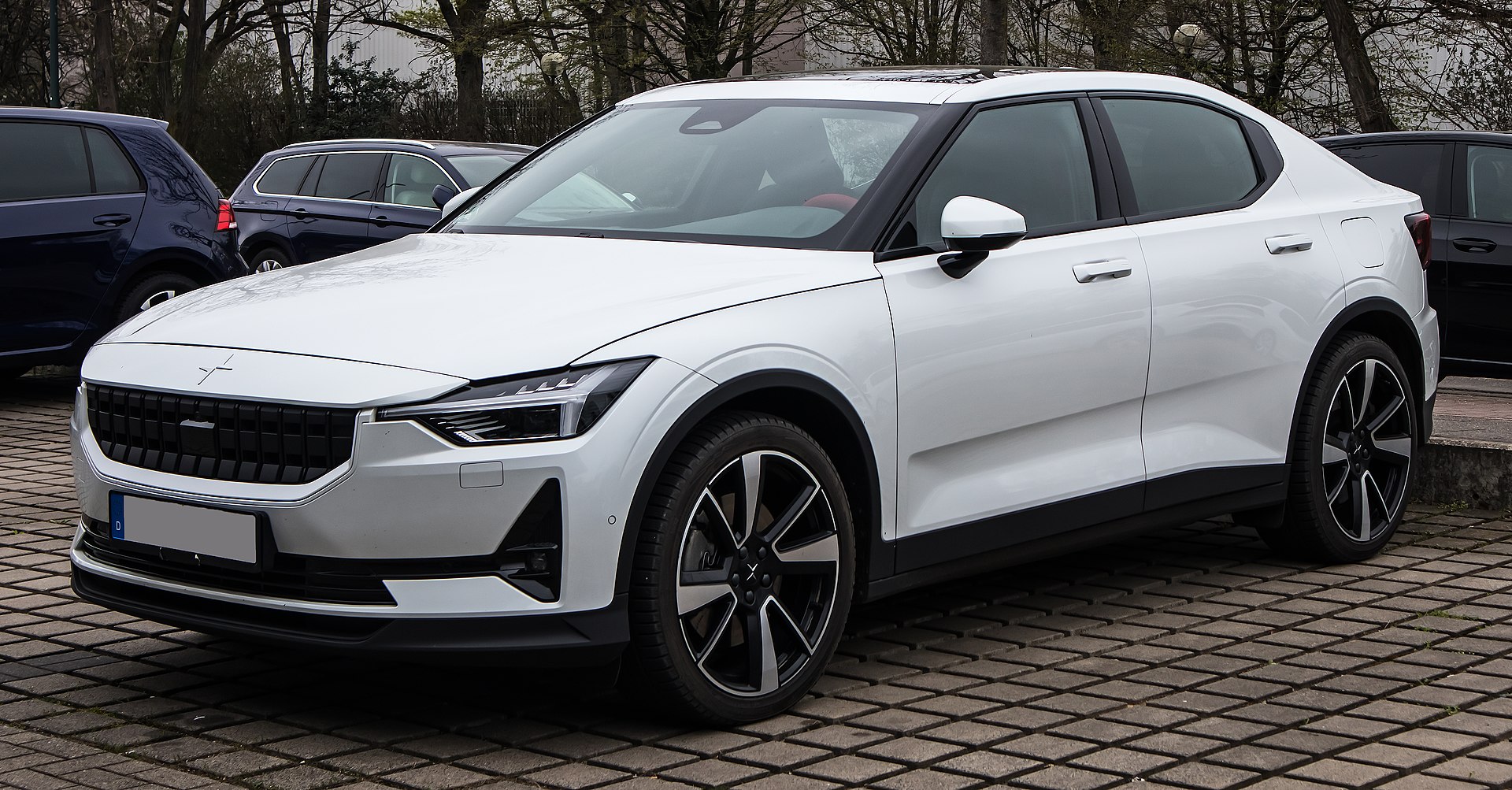Singapore’s Traffic Police Integrate Electric Polestar 2 into 2024 Patrol Lineup
Traffic police? More like pollution police.
It’s been more than a year since the traffic police (TP) invited tenders to upgrade a fleet of 19 highway petrol vehicles that were past their prime.
And after this long wait, we’ll finally get to see the brand-new, ultra-modern electric cars that will be zooming along the highways; in place of their BMW, Subaru and Volvo seniors.
Because it’s 2023: you either go electric, or you go home.
Introducing the Polestar 2
In 2024, an electrifying Swedish invention—the 100% electric Polestar 2—will hit Singapore’s roads, after Polestar’s SEA retailer, Wearnes Automotive, won the TP’s tender bidding.

The Polestar fleet will be Singapore’s first electric patrol cars, and will be replacing the previous models including the diesel BMW 325d, petrol-powered Subaru WRX, as well as Volvo S40 and Volvo S80.
The winning bid was a sum of approximately $3.8 million dollars for the 19 electric cars, in addition with a 10-year maintenance programme for the entire fleet. The cars are tax-free, and unlike the vehicles in Singapore—they don’t require a certificate of entitlement (COE).
Slightly behind and suffering defeat were bids offering South Korea’s Hyundai Ioniq 5 (submitted by both Komoco Motors and Hyundai Motor Group Innovation Centre Singapore), China’s BYD Seal and Germany’s BMW i4 and iX1 (all of which were submitted by Malaysian trading company Sime Darby).

Before the first deliveries of the Polestar 2 in 2024, the cars will be retrofitted to be equipped with the necessary police equipment and paraphernalia.
Despite already possessing a 405-litre main boot that can expand to 1,095 litres with the rear seats folded down, a hefty sum of the tender will go into this modification.
Polestar 2’s Winning Features
Along with the main requirement of vehicles with “clean energy”—the tender also necessitated cars that could accelerate from zero to 100kmh within eight seconds, as well as a power of at least 228hp (or 170kW) and a battery capacity of at least 60kWh.
But luckily for the TP, Polestar 2 completely fulfils—no, exceeds—these expectations.
Firstly, the long range, dual motor version of this saloon boasts an acceleration of 4.7 seconds—which is the time it requires to speed up from stationary to 100 km/h.
The top speed of the car is equally impressive at 205 km/h—double the speed of a cheetah. That means the traffic police will have no problem catching those pesky speeders that believe they can outdrive a $5,000 fine.
More of the Polestar 2’s undefeated qualities include a power of 408hp (or 300 kW) and a battery capacity of 78kWh. Not to mention an added feature and huge advantage: the all-wheel drive system, famous for increased safety and traction.
Singapore to Have All Vehicles Running on Clean Energy by 2040
Most importantly, being completely electric, the Polestar 2 releases zero emissions. Compare that to the conventional gasoline car, which on average emits nearly 4,000 kg of carbon dioxide per year.
As a part of a deadly gang called greenhouse gases, carbon dioxide plays a huge role in global warming. True to the name, carbon dioxide is effectively turning Earth into a giant greenhouse by trapping heat in the atmosphere.
And because Singapore is so small and crowded, we’re receiving a gargantuan bulk of carbon dioxide per unit area. No wonder Singapore is so hot.
But luckily for you, worrying your head off about global warming won’t be a problem for most very soon. That’s because Singapore is planning its grand move towards a cleaner, carbon-free future.
Sceptical? Don’t be.
From 2030, the registration of pure combustion engine vehicles will be banned—meaning all vehicles in Singapore will be running on clean energy by 2040. All existing diesel buses will be also replaced by cleaner energy buses by then.
This movement, dubbed “Singapore Green Plan” by the Government, seeks to achieve a goal of zero net emissions by 2050.
However, 2050 being 27 years in the future, the definition of “clean energy” is not quite known yet. Nonetheless, you can expect to see a lot more electric or hybrid cars in time to come.
More Electric Vehicles to Come
The Singaporean traffic police are not the only happy customers of electric vehicles. More police departments are allegedly looking for electric cars—including uncommon all-wheel-drive seven-seaters.
Overseas, several police forces also utilise electric vehicles—especially Tesla sedans, employed by the London Metropolitan Police as well as Swiss and Thai police jurisdictions.
Meanwhile, two Kia EV6’s as well as two Polestar 2’s were added into the British Transport Police’s electric troupe in 2022. However, contrary to Singapore’s Polestar saloons, the British cars were pre-facelift versions.




